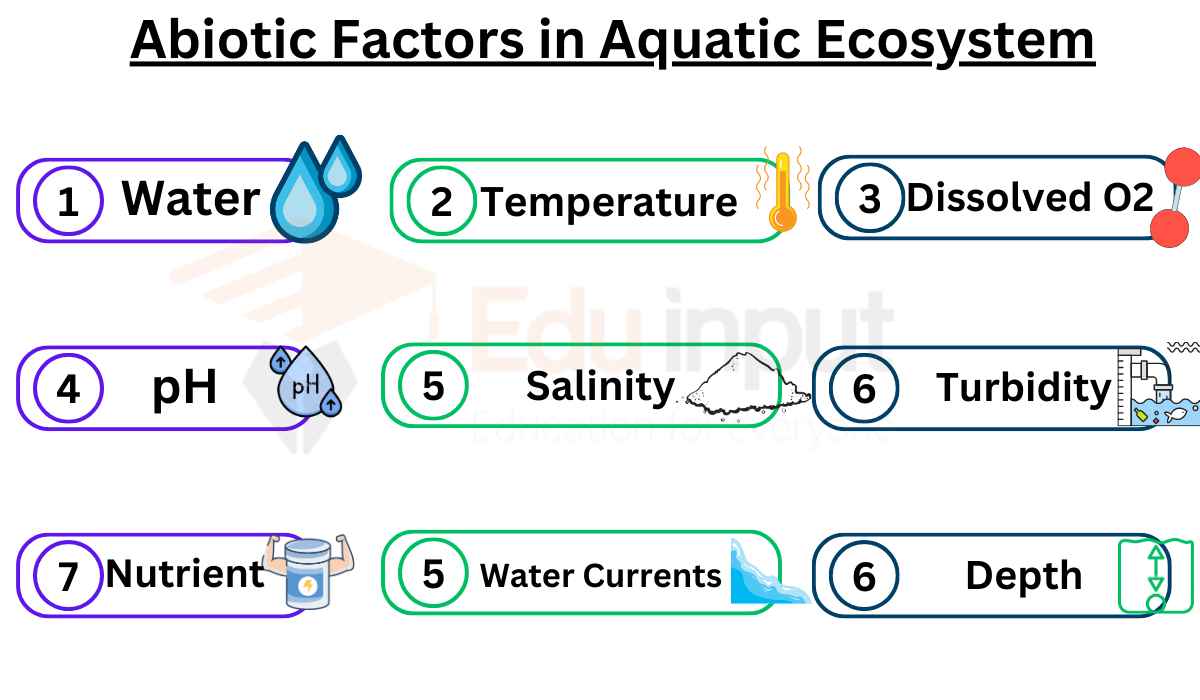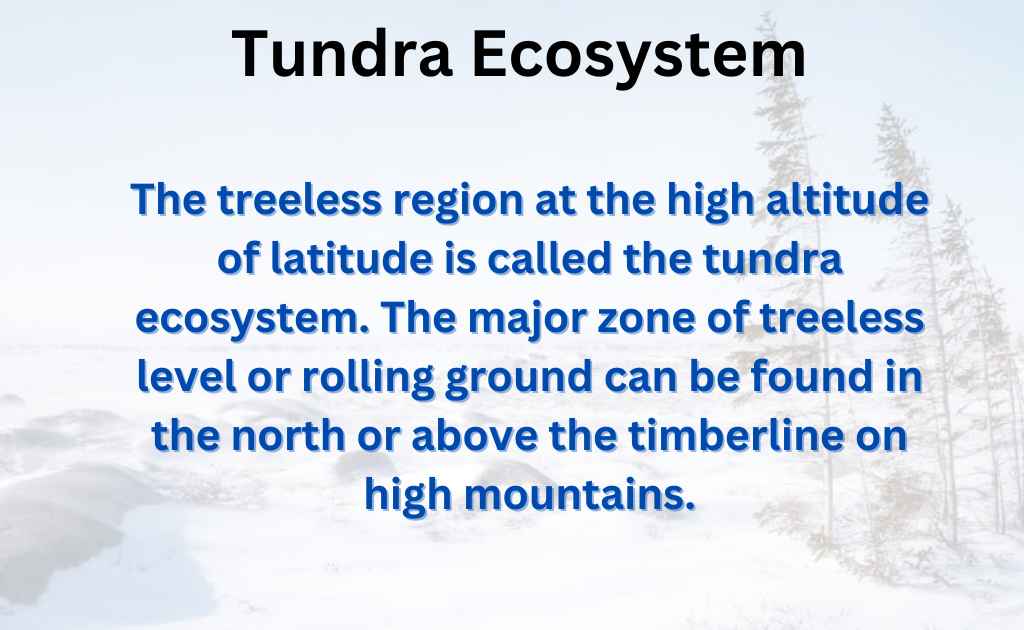Desert Plants-Scientific Name, Habitats, And Pictures
The desert ecosystem is characterized by its unique flora and fauna, with desert plant adaptations enabling their survival in harsh conditions; however, threats to the desert ecosystem, such as climate change and habitat destruction, pose significant challenges to their existence.
Here is the list of 15 common desert plants with their scientific names and habitats:
1. Prickly Pear Cactus (Opuntia)
Scientific Name: Opuntia spp.
Habitat: Prickly Pear Cactus is found in arid and semi-arid regions across North and South America, as well as in parts of Africa and Australia.
2. Saguaro Cactus (Carnegiea gigantea)
Scientific Name: Carnegiea gigantea
Habitat: The Saguaro Cactus is native to the Sonoran Desert in Arizona, USA, and parts of Mexico. It thrives in hot and dry desert conditions.
3. Joshua Tree (Yucca brevifolia)
Scientific Name: Yucca brevifolia
Habitat: Joshua Trees are primarily found in the Mojave Desert in southwestern United States. They can withstand harsh desert climates with low water availability.
4. Creosote Bush (Larrea tridentata)
Scientific Name: Larrea tridentata
Habitat: Creosote Bush is a common desert plant in the southwestern United States and parts of Mexico. It can survive in hot and dry conditions, often dominating desert landscapes.
5. Ocotillo (Fouquieria splendens)
Scientific Name: Fouquieria splendens
Habitat: Ocotillo is found in the arid regions of southwestern United States and northern Mexico. It prefers well-drained soils and can adapt to extreme temperature variations.
6. Desert Marigold (Baileya)
Scientific Name: Baileya spp.
Habitat: Desert Marigold is native to the deserts of North America, including the Sonoran, Chihuahuan, and Mojave Deserts. It thrives in sandy and rocky desert environments.
7. Brittlebush (Encelia farinosa)
Scientific Name: Encelia farinosa
Habitat: Brittlebush is a common desert shrub found in the southwestern United States and northern Mexico. It prefers well-drained soils and is adapted to arid conditions.
8. Desert Lily (Hesperocallis)
Scientific Name: Hesperocallis spp.
Habitat: Desert Lily is native to the deserts of southwestern United States and northwestern Mexico. It typically grows in sandy or rocky soils and blooms after rainfall.
9. Palo Verde (Parkinsonia)
Scientific Name: Parkinsonia spp.
Habitat: Palo Verde trees are found in the desert regions of North and South America. They can tolerate drought conditions and are often found near washes or water sources.
10. Cholla Cactus (Cylindropuntia)
Scientific Name: Cylindropuntia spp.
Habitat: Cholla Cacti are widespread in arid regions of North and South America. They thrive in desert habitats, including sandy soils, rocky slopes, and mesas.
11. Agave (Agave)
Scientific Name: Agave spp.
Habitat: Agaves are native to arid and semi-arid regions of the Americas. They can be found in various desert habitats, from sandy deserts to rocky slopes.
12. Mesquite (Prosopis)
Scientific Name: Prosopis spp.
Habitat: Mesquite trees are commonly found in desert regions of North and South America. They have adapted to arid environments and can tolerate poor soils.
13. Barrel Cactus (Ferocactus)
Scientific Name: Ferocactus spp.
Habitat: Barrel Cacti are native to desert regions of North and Central America. They are commonly found in rocky and sandy soils, as well as on hillsides and slopes.
14. Desert Ironwood (Olneya tesota)
Scientific Name: Olneya tesota
Habitat: Desert Ironwood is found in the Sonoran Desert in southwestern United States and northwestern Mexico. It prefers well-drained soils and can tolerate drought conditions.
15. Desert Broom (Baccharis sarothroides)
Scientific Name: Baccharis sarothroides
Habitat: Desert Broom is native to the deserts of southwestern United States and northern Mexico. It thrives in sandy and gravelly soils, often growing along washes and roadsides.

 written by
written by 



Leave a Reply